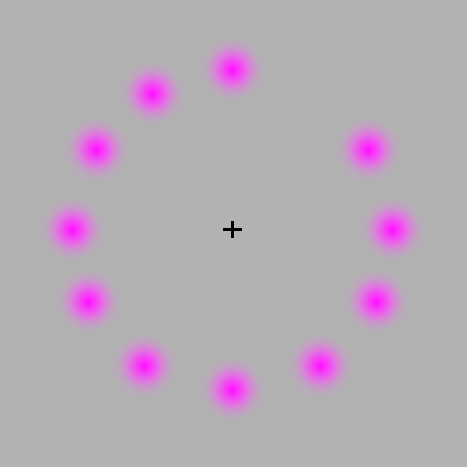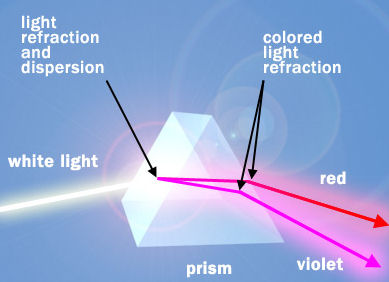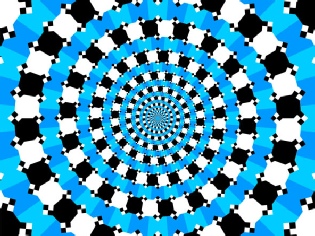










How do we see things that aren’t there?
9 aug 2016


We often see things that aren’t there. Our brain continually tries to make sense of what we see, and if it’s puzzled, it makes it up!
Stare at the centre cross. You see a rotating green spot. What's surprising is:
1. There is no green
2. There is no movement
3. There is no rotating object
The appearance of green is a neural after-

You must have seen a wheel appearing to go backwards or is stationary when you know it's going forwards. This is a good example of a stroboscopic effect combined with persistence of vision. When you look at a film or TV, you're really seeing a succession of still pictures taken or displayed at a certain rate. The brain merges them together and thinks it sees a moving picture. >>>>>


>>>> So what happens? Imagine a wheel with 24 identical spokes turning clockwise at 1 revolution per second and a camera taking a film at 24 frames per second. As you have no way of knowing that the spokes are different, each frame will be identical to all the others and the wheel will appear stationary. But if the wheel turns slightly more slowly, even though the wheel is moving forwards, the spokes will appear to lag behind those in the previous case -


-
This illusion also works if real items are viewed under fluorescent light as such lights flicker because of the frequency of the electrical supply. In particular cases this can make rotating lathes in a workshop, for example, appear stationary when they're really rotating. That's a safety hazard.


A rainbow is an optical illusion because there's no object, or even colour, floating in the sky. So it doesn't exist in the normal sense (and you certainly couldn't find the end, nor any crock of gold). We just think it does because our eyes see the refracted light from raindrops but only those beams coming in our exact direction.

It's easy to understand how white light from the sun is split into different wavelengths, or colours, by raindrops just as a glass prism does the same. But it's not quite so obvious why a rainbow is an arc.

There's a whole range of optical illusions based on the way our brain works and interprets what we see. So the blue elements in the picture on the right AREN’T IN A SPIRAL !!
Check it out.
